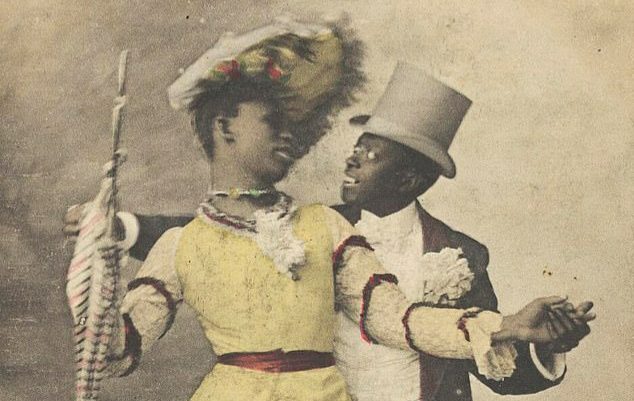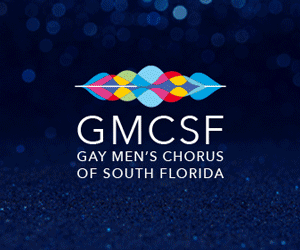
First American Drag Queen Was a Former Slave, Says Researcher and Historian
In his upcoming book entitled House of Swann: Where Slaves Became Queens, Channing Gerard Joseph – a historical researcher, journalist, former drag queen and professor at the University of Southern California’s Annenberg School for Communication and Journalism -tells the life story of William Dorsey Swann. Joseph believes that Swann was the very first self-described drag queen, who originated the American drag scene in Washington, D.C.
In an article written for The Nation, Joseph explains that he first came across Swann when he read a Washington Post article from April 13, 1888 while researching at Columbia University over 15 years ago. The article was headlined: “Negro Dive Raided. Thirteen Black Men Dressed as Women Surprised at Supper and Arrested.”
In The Nation article, Joseph writes of Swann: “Born in Maryland around 1858, Swann endured slavery, the Civil War, racism, police surveillance, torture behind bars, and many other injustices.”
But beginning in the 1880s, he not only became the first American activist to lead a queer resistance group; he also became, in the same decade, the first known person to dub himself a ‘queen of drag’—or, more familiarly, a drag queen.
Channing Gerard Joseph, researcher, historian and professor
When the police raided the space that night, it is reported that Swann tried to stand up to them. Joseph describes this moment as “one of the first known instances of violent resistance in the name of LGBTQ rights”, which bears striking similarities to the 1969 Stonewall riots where it is suspected that former black trans activist Marsha P. Johnson “threw the first brick”.
Other details emerged through other news stories researched by Joseph that made it clear that this was most likely not the first gathering of “men dressed as women” organized by Swann, known to his friends as “the queen”. However, it was very likely that this was the first time the public and the media became aware of his drag events.
Swann — like most of the people in attendance at his balls — was born in Maryland into slavery, and had been freed after President Lincoln’s signing of the Emancipation Act in 1862. His gatherings have been noted to bear many striking similarities to the modern ballroom scene — the community was organized into a family-like structure, led by “mothers” and “queens”, and the drag balls included exaggerated dance moves and dance contests.
The reality that these men had been congregating while wearing “female” clothing shocked and appalled the public. Swann and his drag friends were even described by expert psychiatrists as a “lecherous gang of sexual perverts”.
In 1896, Swann was falsely accused of running a brothel after one of his parties, and thrown into prison for 10 months. However, Swann asked for a pardon from President Grover Cleveland, which was subsequently denied. Even though it was denied, Joseph describes it as a “historic act” because it marks the first time in history that legal and political action was taken in an attempt to defend the rights of queer people in America.
Joseph writes: “Though the Stonewall uprising of 1969 is often touted as the beginning of the fight for gay liberation, Swann’s courageous example forces us to rethink the history of the movement: when it began, where it came from, and who its leaders were. Coming of age at a time when an entirely new form of freedom and self-determination was developing for African Americans, Swann and his house of butlers, coachmen, and cooks—the first Americans to regularly hold cross-dressing balls and the first to fight for the right to do so—arguably laid the foundations of contemporary queer celebration and protest.”
Swann eventually retired from the drag scene he had created in Washington, DC. His little brother, Daniel J. Swann, continued the family tradition by making costumes for the drag community until his death in 1954.














LMAO! Stop! It’s been in history forever. LMFAO@UALL! You look sad trying to make everything black. It getting hysterical.